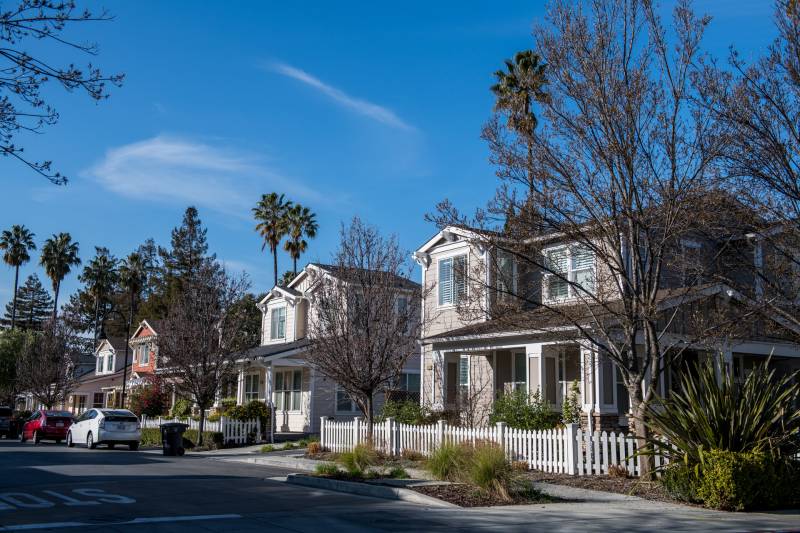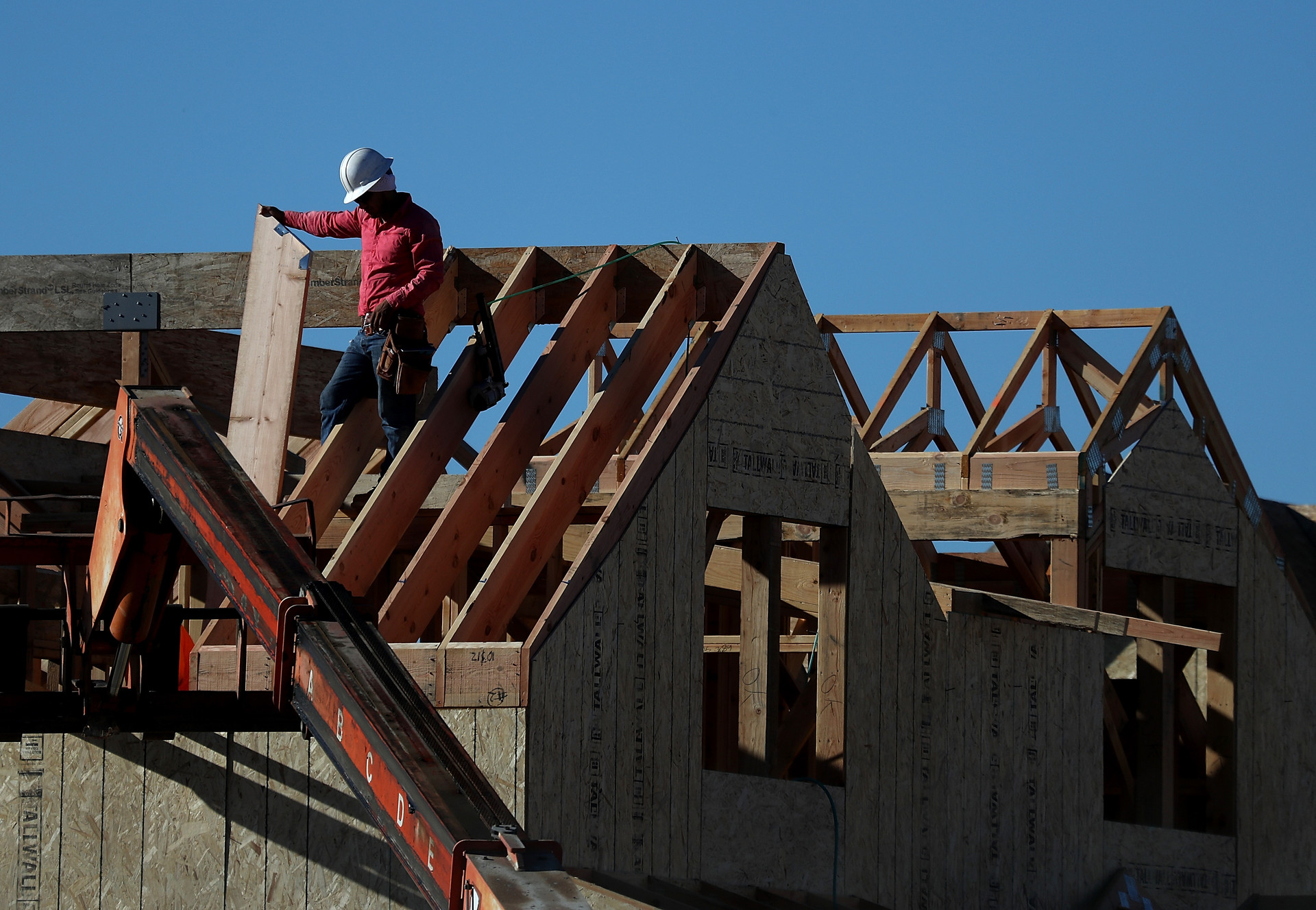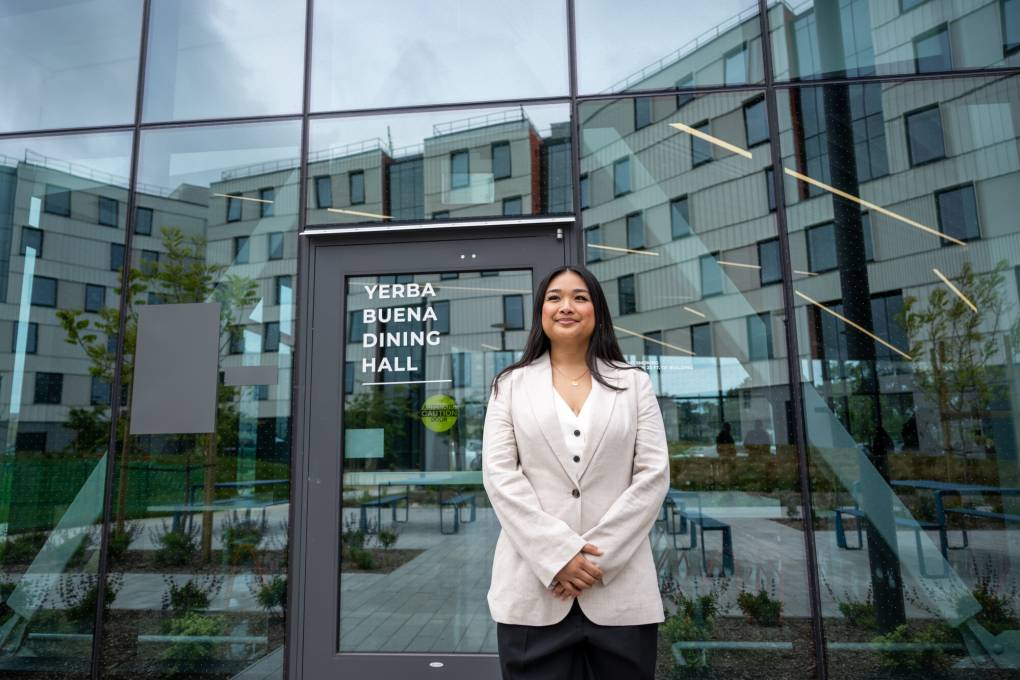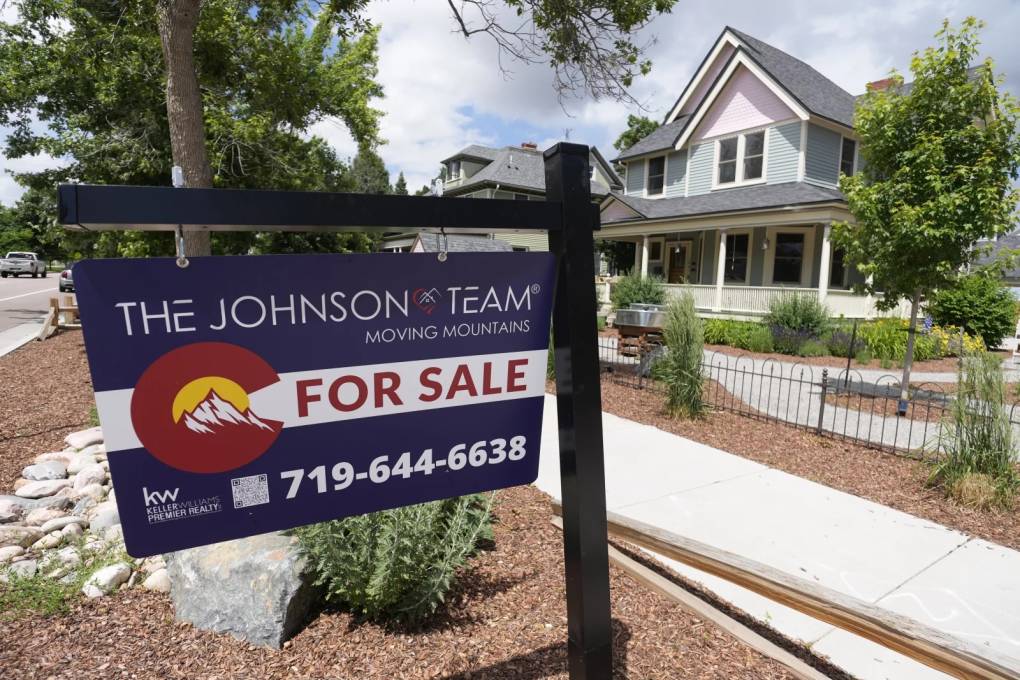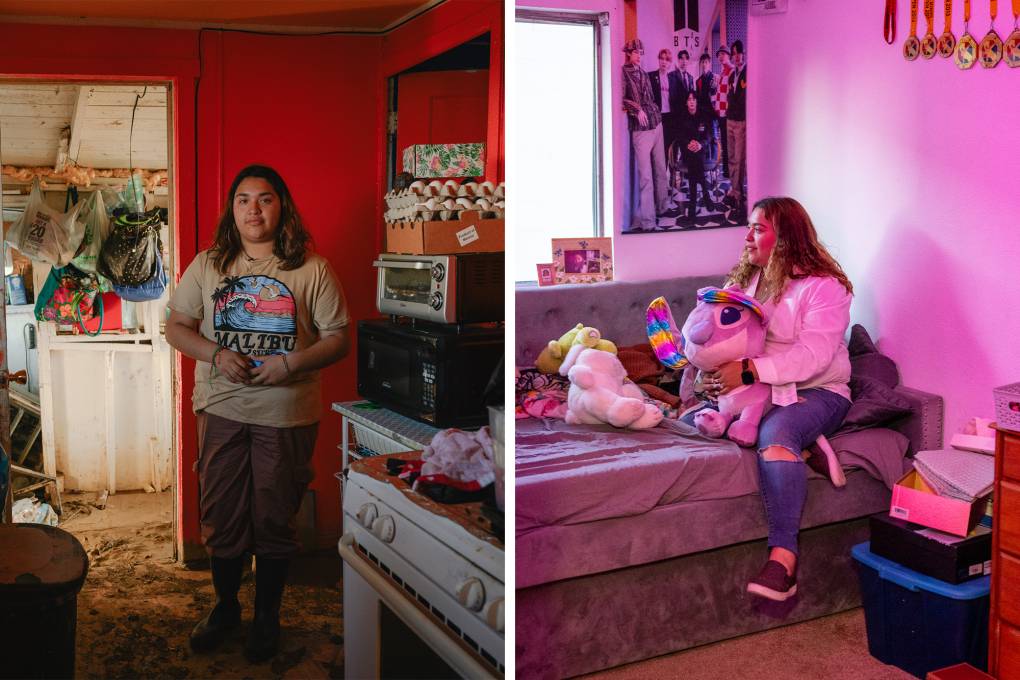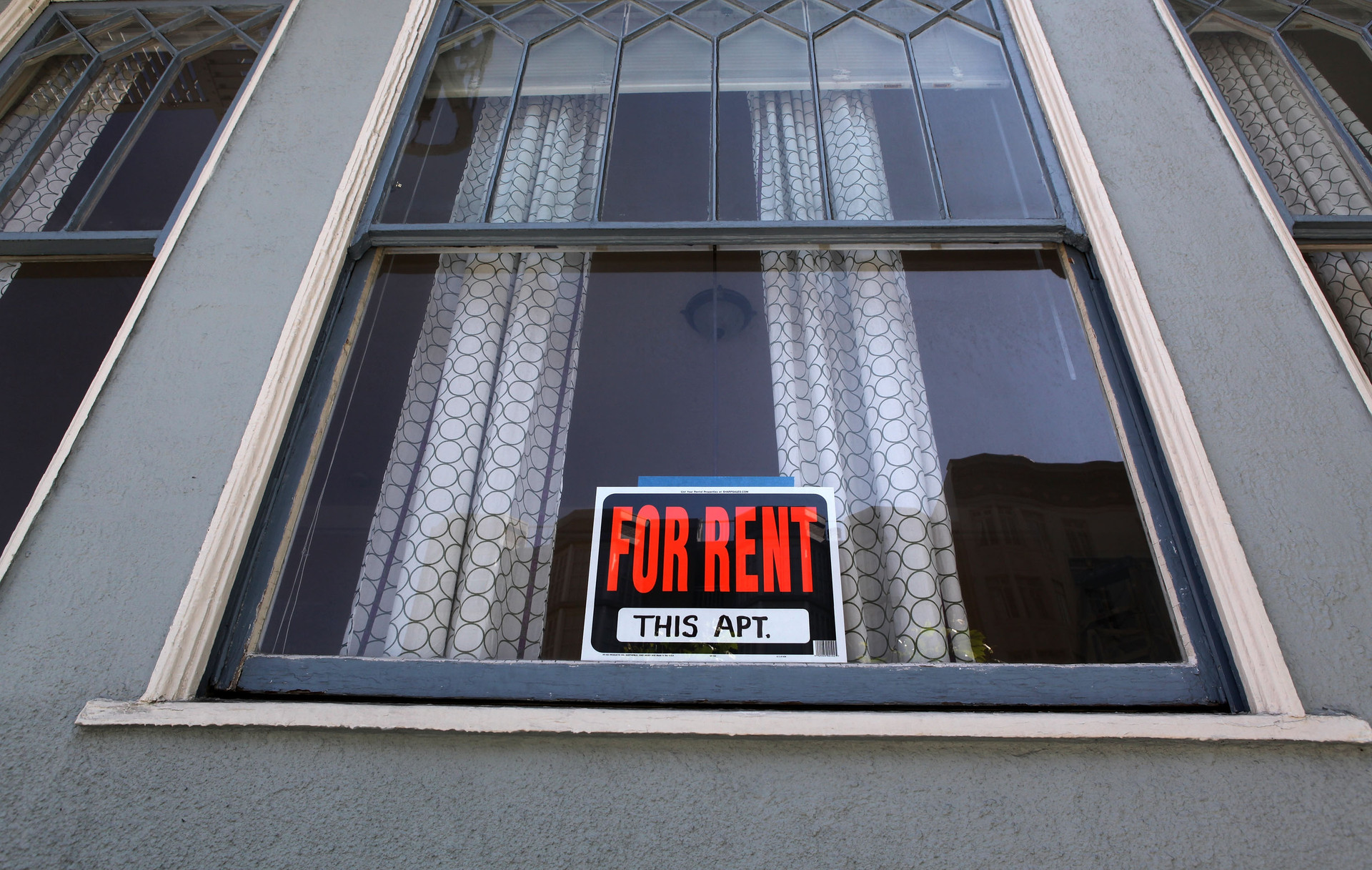More than a century ago, Berkeley pioneered rules prohibiting affordable, multifamily housing from certain areas, and with it, created a new class of neighborhoods reserved exclusively for single-family homes.
Now it’s one of a handful of cities in the country, and the latest in California, to challenge those rules as it seeks to tackle its housing affordability crisis and address decades of racial segregation in housing.
But housing researchers and advocates for low-income residents warn that just allowing more housing in single-family neighborhoods is no panacea. To achieve truly inclusive communities, they say zoning changes have to be coupled with strong renter protections and increased funding for affordable housing.
Berkeley Vice Mayor Lori Droste introduced the legislation earlier this month to change the city’s zoning rules, and make it easier to build fourplexes throughout the city.
The Sacramento City Council last month unanimously approved a draft plan to allow fourplexes throughout the city, becoming the first city in the state to begin the process of removing barriers to small, multifamily housing in all of its residential neighborhoods. Officials in San Francisco and San Jose are considering their own proposals.

But it could soon be a policy that touches the entire state. Senate Pro Tem Toni Atkins, D-San Diego, introduced a bill last year to allow up to two duplexes in most single-family neighborhoods. It passed both houses of the Legislature, but literally ran out of time before getting the final vote it needed to head to the governor’s desk. It’s back this year as Senate Bill 9.
"It signifies a significant shift from previous land use practices," said David Garcia, policy director for the Terner Center for Housing Innovation at UC Berkeley. "But it's not going to necessarily change the affordability issue overnight."
